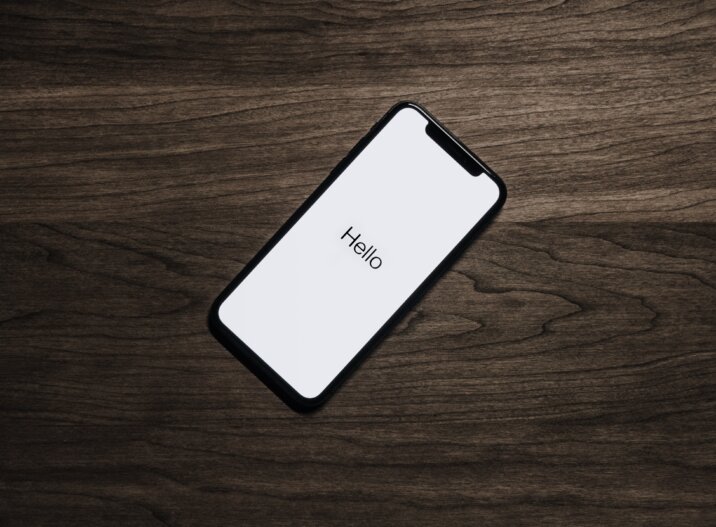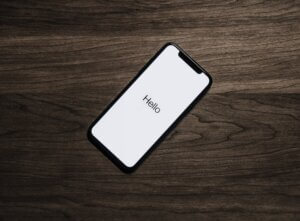
Thanks for registering for this common core, How To Make Your iPhone Work For You: Intro to PRIV. 101
We’ve come a long way in learning how to adjust our iPhone settings to create our own ideal versions of iPhone. If you missed it, we’ve covered how-to’s on topics like contact’s personalized notifications, the LED-Flash notification, and just a few of the iPhone’s Accessibility Shortcuts.
This article will be a bit different than our usual how-to’s. We’re making an introduction rather than an instruction manual. As our series approaches the intimidating, but crucial, topic of safety while using your iPhone. Welcome to iPhone Privacy Settings 101.
Apple’s iPhone is one of the most popular pieces of technology on the market today. Millions of people use them every day to stay connected with friends, family, and the world. While the iPhone is a great tool, it’s important to remember that it is also a computer – and like all computers, it can be hacked.
That’s why it’s important to take steps to protect your privacy. The good news is that Apple has built-in a number of features that can help you do just that. Let’s shine a light on dark side of the digital realm and then I’ll walk you through the iPhone privacy settings everyone should use.
Most people understand that privacy is important, but they may not realize just how much personal data their iPhone is actually collecting about them. Here are a few reasons why you should be concerned about your privacy.
Your iPhone tracks your every move: Every time you open an app on your iPhone, the app gets insight to your location. The iPhone (and any smart device!) uses multilateration to locate itself. Multilateration (MLAT) means measuring the distances between the smart device and multiple active transmission towers in order to determine its approximate location anywhere around the world. The iPhone uses a combination of GPS and cell tower triangulation, as well as, Wi-Fi hotspot mapping to keep track of itself at all times. This means that not only is your iPhone keeping track of itself, it’s keeping track of you.
Your iPhone always knows where you are and where you’ve been – even when you’re not using it. This jarring realization may have you itching to turn off your location immediately (Not to fret! We’re getting there!) but you may not realize how frequently you use location-based features on your iPhone. Any kind of navigation app, your Photos, your exercise app, even your bank app most likely all use this precious (and creepy?) data.
We’ll circle back to this topic when we hash out the how-to.
The Internet Patrol is completely free, and reader-supported. Your tips via CashApp, Venmo, or Paypal are appreciated! Receipts will come from ISIPP.
Your iPhone stores all of your contacts: The contacts list on your iPhone contains not only the names and phone numbers of your friends and family, but also their email addresses, birthdays, and addresses… and all of messages/calls/texts shared between parties… since forever.
Technology advances at an exponential rate. That means that so do hackers and their savvy ways of gaining access to your iPhone. For both these reasons, and many more, the engineers at Apple are quick to release new updates which can contain software to better protect your device from malware.
I should note here that (for once…) Android takes the gold medal for its security team. The records shows that privacy isn’t always Apple’s priority. This is also evident in the lack of built in antivirus software. Most people will agree that it’s wise to use an antivirus service for a computer… and while our smart phones house considerably more personal, private information (Hello! Like the log on our exact whereabouts!) the average person hasn’t ever heard of antivirus protection for their iPhone.
Are you feeling uneasy yet? I cannot stress enough that this a meager introduction to the importance of privacy. Before I send someone into anxiety attack, in the following editions of Making Your iPhone Work For You we’ll teach you about the ways in which we can control our data and privacy.
For homework, please read Apple’s privacy policy. This reading is optional, but I promise you — it is for your own good.
The Internet Patrol is completely free, and reader-supported. Your tips via CashApp, Venmo, or Paypal are appreciated! Receipts will come from ISIPP.










